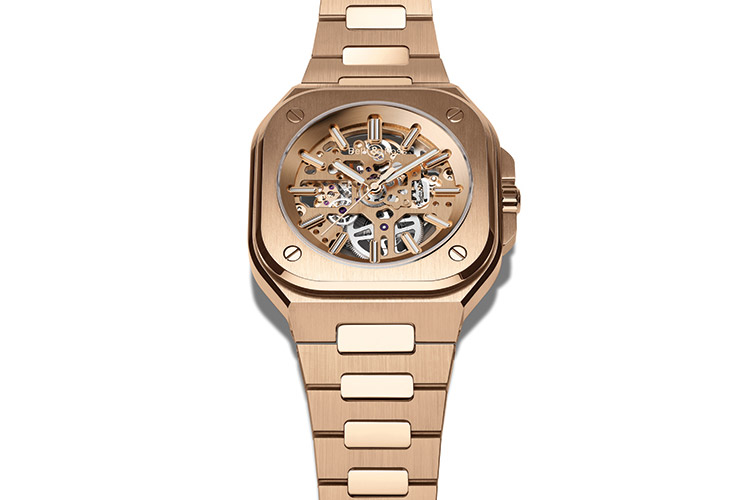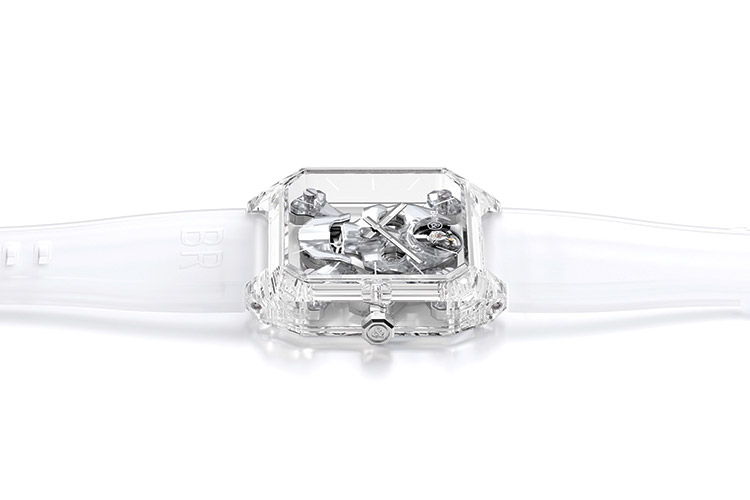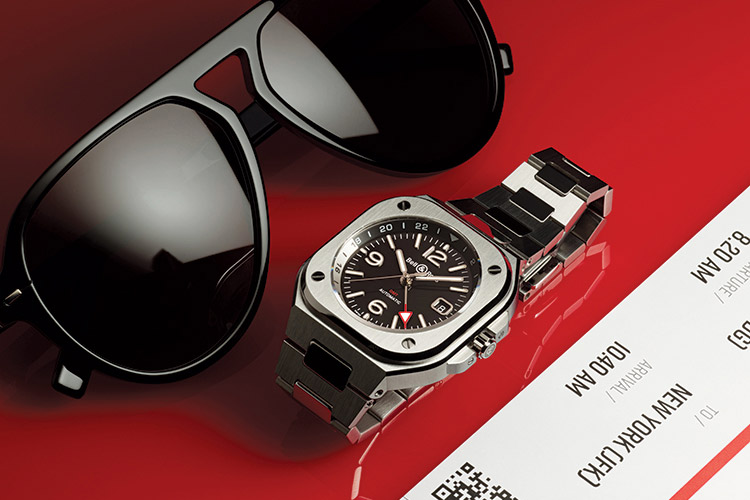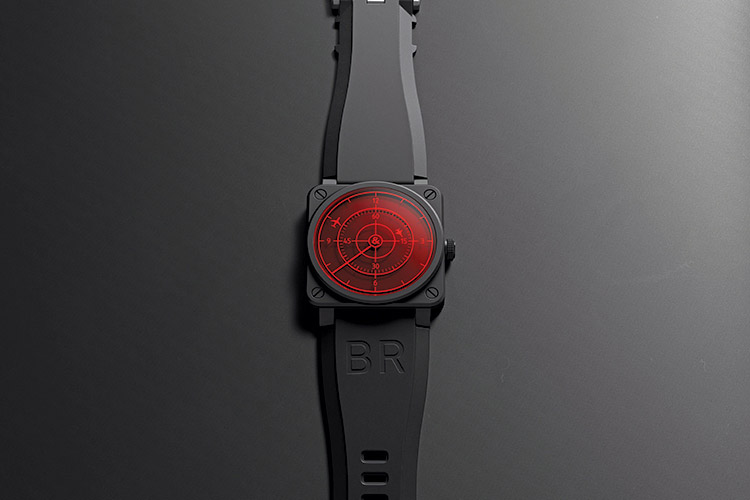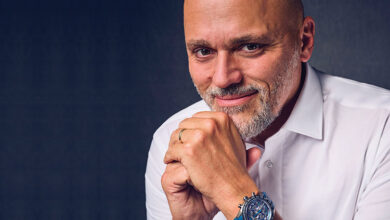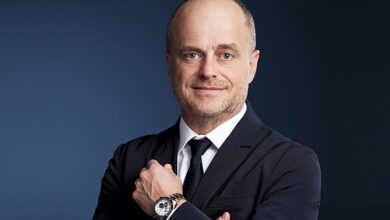The success story of Bell & Ross
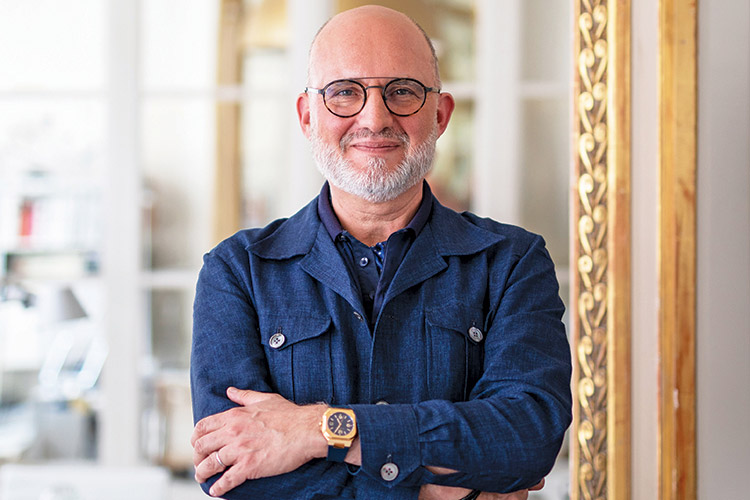
During Dubai Watch Week, “Day & Night” magazine had the opportunity to sit down with Carlos Rosillo, CEO and Co-Founder of Bell & Ross – a watch marque that has made an enviable name for itself in the field of aviation and professional watches – to discuss the founding of the brand and its love for aviation watches
How did Bell & Ross manage during COVID and its challenges?
Bell & Ross was able to manage the challenges thrown up by COVID due to a number of factors. One, we were able to stabilise our production. Obviously, we had to stop production during the lockdown, but immediately after that, we started work gradually. Second, we had our partners and retailers in a number of countries. This was very helpful at a time when international travel was limited; our retailers were already present and working in all countries.
Third, we were the first brand to introduce our e-boutique in 2009. This meant that we already had the experience and during COVID, our e-boutique was doing really well as it was the only way to buy our watches. I now see a lot of other brands developing their e-business because they need to, but we already had that experience as we have been doing it for quite a long time.
We also have a wonderful set of retailers across the world; for instance, here we have Ahmed Seddiqi & Sons and the Al Majed Group in Qatar. We are a family business and so are our retail partners. In our industry, passion is very important – passion for time, passion for watches – as is partnering with good people. It is not enough to have a good product, you need to have good distribution, good communications, and good servicing. If you have all of these, the client is happy. If one of these is missing, the client is not going to be happy.
We have this chance to plan where we are going, step by step; no sudden rush but a gradual growth. We have seen serious growth because we work with very good people who do a great job. We are working only with people who help us develop the brand and this is good because the comprehension is much better, and we have grown in the international market. We now have a strong foundation in the region, and there is strong potential here. When I see the brand in some places in Asia or for instance in France, the brand is much more mature. Here, we are well-positioned, but there is a potential for more brand awareness.
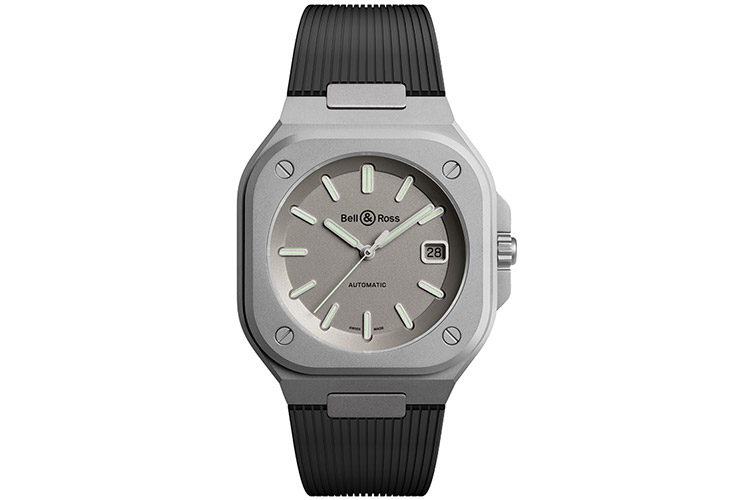
Bell & Ross was originally more popular in Italy?
Yes, in Italy and France but now we have become an international brand.
Did you start the company?
Yes, I am the founder of the company. My surname Rosillo gives part of the brand name; the Ross of Bell & Ross. I co-founded the company with my childhood friend Bruno Belamich, who is the Bell in the brand name.
Why did you start the company?
I love watches and I am a collector as is my friend and partner Bell. Our logo – the ampersand – symbolises the union of competence between designers, engineers, watchmakers, and the professional users – all of whom combine to create our watches. Initially, we had Helmut Sinn, a talented man making good professional watches, working with us. We had many bright engineers who joined forces with us to create the first professional watches. Our first collection was an immediate success. Then Chanel brought into our company as a shareholder.
How did you feel when Chanel brought into Bell & Ross?
Apart from being a prestigious label, the owners of Chanel are passionate about watches; they love watches and this makes life simple. Right now, you and I look at each other and recognise that we love watches; it is the same with them. After the business side is done – because you have to be serious about the business – the interest of watches is about passion, and they love watches.
Bell & Ross watches have an iconic shape; how did retailers react when you first introduced such a shape?
Most watches then were round; we loved aviation and we loved planes. The most important part of a plane is its cockpit from where the plane is piloted, and we were inspired by the instrument panel clock and the dashboard since the beginning. We started thinking. What is the soul of Bell & Ross? How do we differentiate from other watch brands that also love aviation? How do we capture that and put it in an object?
It was the dashboard of an aircraft. I asked Bruno if we could we transfer the dashboard to the wrist? He did one – big and bulky; at our first Baselworld, he told me that he wanted to close the brand, as competition was crazy. I told him, “Close your eyes to the commercial side, just think of the brand and what we want to do.” He thought about it for a moment and then said, “No, I don’t want to stop Bell & Ross; let’s continue. I don’t know if this will work or out, but let’s try”.
This was in 2005; the watch market is very competitive, especially in the mid-price segment. We had created something very different, but with the soul of aviation. And when you do it, after acquiring a lot of knowledge in the field, people find it interesting. Maybe, they will not wear it immediately, but it slowly enters their mind.
People who wanted to exude power were ready to wear this bulky watch while other people would refuse as they wanted something low-key as they are city dwellers who go to financial centres. For them, we introduced the BR05 – same concept, round dial in a square shape with four screws, but with an integrated bracelet. This integrated bracelet softens the square shape, making it ergonomic and easy to wear.
That was the beginning of the BR05; it was simply a transferring of our icon to a city-friendly shape – going from the countryside to the city and we changed to an integrated bracelet and rubber and, incidentally, we conquered another segment of the market.
Why did it take Bell & Ross so long to introduce the BR-X1 Chronographe?
Getting into technical complexity takes time. The BR-X1 Chronographe is much more complex in terms of techniques and materials. Next year, we are planning to bring out a Manufacture movement. In the watch business, it is not good to rush; you need to grow slowly.
What was the feedback when you introduced the BR-X1 Chronographe, as it signalled your entry into a different segment?
People appreciated it; one of our challenges is that we need to have something in between our current line and the BR-X1. We need to have different price segments; people appreciated the BR-X1, but it is a huge jump, going from CHF5,000 to CHF20,000.
